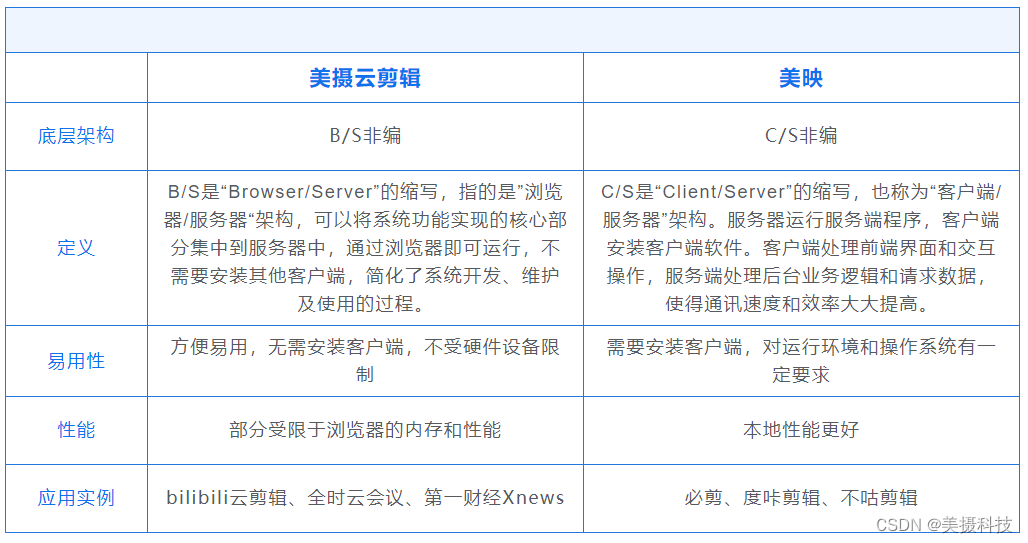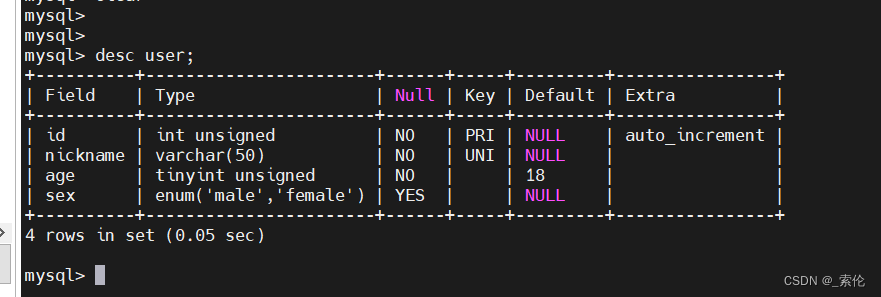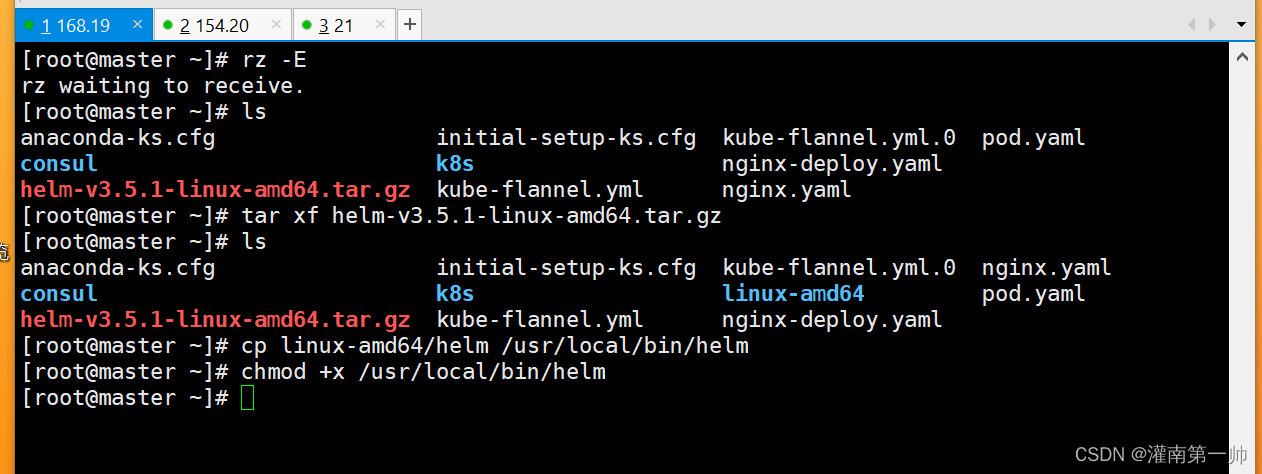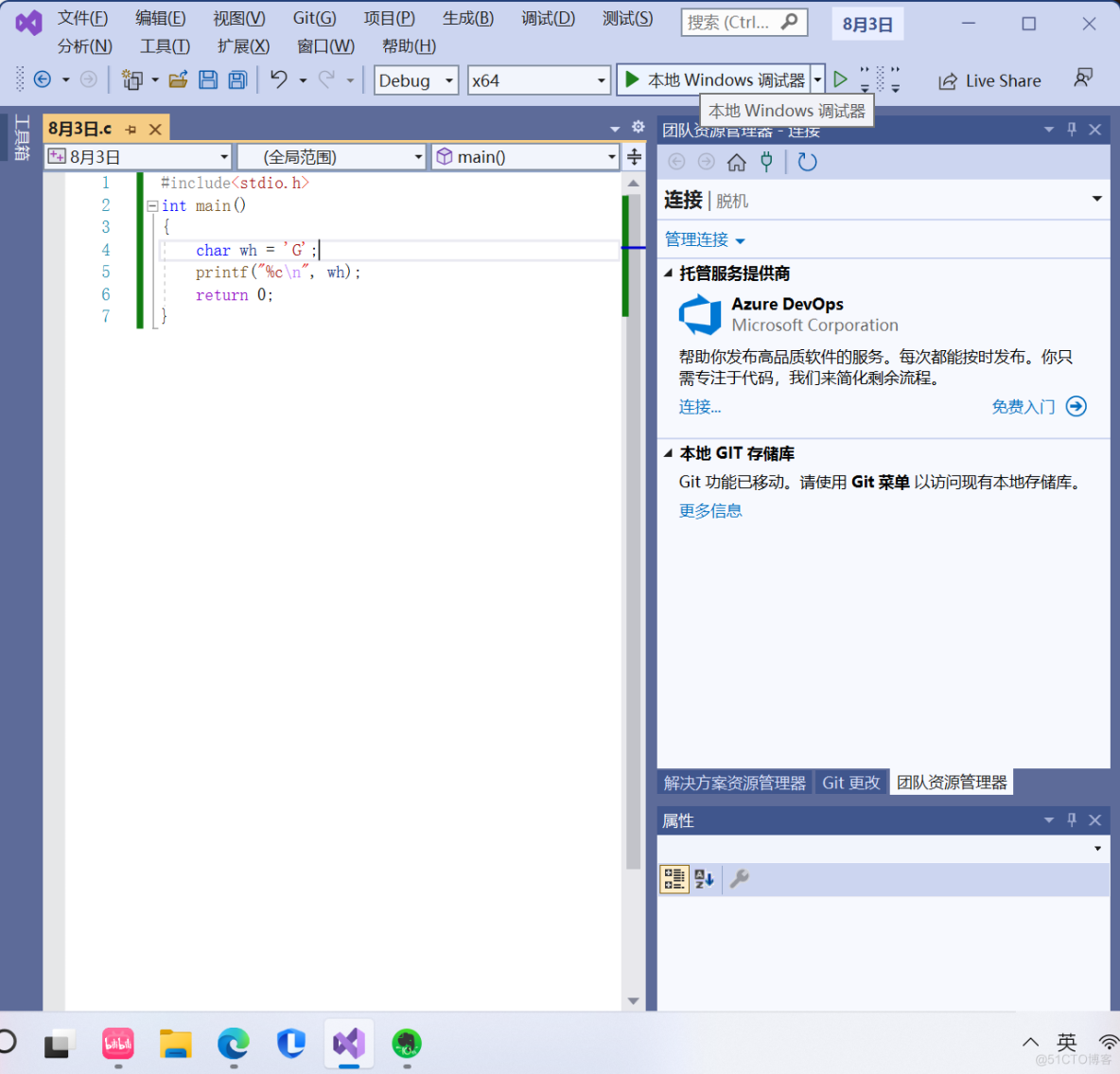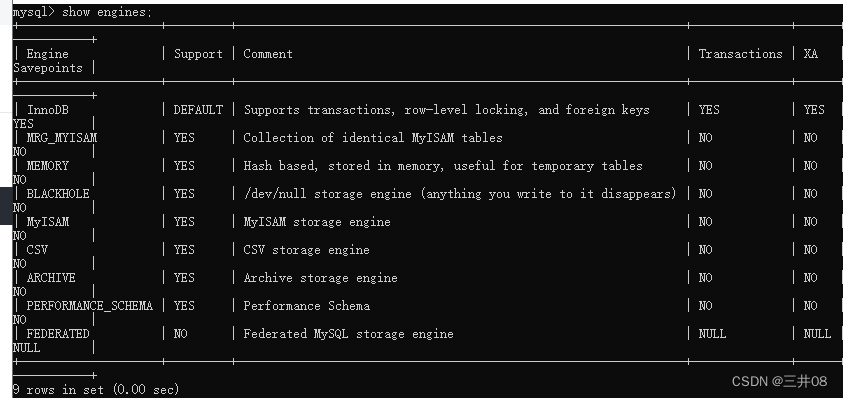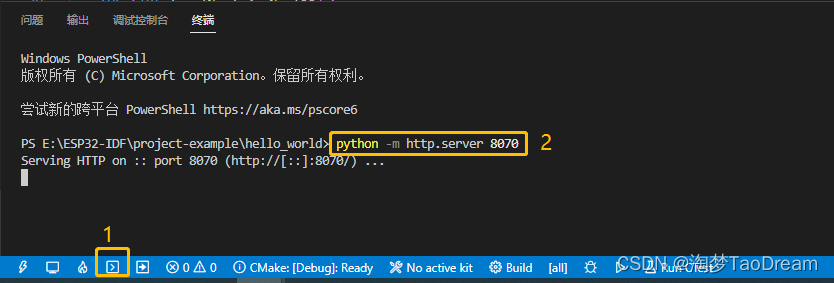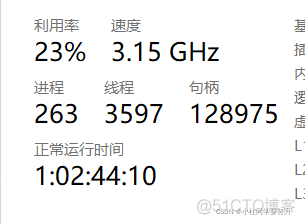当前位置:网站首页>【LeetCode】232.用栈实现队列
【LeetCode】232.用栈实现队列
2022-08-04 10:50:00 【酥酥~】
题目
请你仅使用两个栈实现先入先出队列。队列应当支持一般队列支持的所有操作(push、pop、peek、empty):
实现 MyQueue 类:
- void push(int x) 将元素 x 推到队列的末尾
- int pop() 从队列的开头移除并返回元素
- int peek() 返回队列开头的元素
- boolean empty() 如果队列为空,返回 true ;否则,返回 false
- 说明:你 只能 使用标准的栈操作 —— 也就是只有 push to top, peek/pop from top, size, 和 is empty 操作是合法的。
你所使用的语言也许不支持栈。你可以使用 list 或者 deque(双端队列)来模拟一个栈,只要是标准的栈操作即可。
示例 1:
输入:
[“MyQueue”, “push”, “push”, “peek”, “pop”, “empty”]
[[], [1], [2], [], [], []]
输出:
[null, null, null, 1, 1, false]
解释:
MyQueue myQueue = new MyQueue();
myQueue.push(1); // queue is: [1]
myQueue.push(2); // queue is: [1, 2] (leftmost is front of the queue)
myQueue.peek(); // return 1
myQueue.pop(); // return 1, queue is [2]
myQueue.empty(); // return false
提示:
1 <= x <= 9
最多调用 100 次 push、pop、peek 和 empty
假设所有操作都是有效的 (例如,一个空的队列不会调用 pop 或者 peek 操作)
题解
因为栈是先进后出,队是先进先出,所以要保持先进的在栈顶部
入队时,将s1栈的元素全部压入s2中,保持新入栈的在底部,然后在压回s1
class MyQueue {
public:
stack<int> mystack1;
stack<int> mystack2;
MyQueue() {
return;
}
void push(int x) {
while(!mystack1.empty())
{
mystack2.push(mystack1.top());
mystack1.pop();
}
mystack1.push(x);
while(!mystack2.empty())
{
mystack1.push(mystack2.top());
mystack2.pop();
}
}
int pop() {
int res = mystack1.top();
mystack1.pop();
return res;
}
int peek() {
return mystack1.top();
}
bool empty() {
return mystack1.empty();
}
};
/** * Your MyQueue object will be instantiated and called as such: * MyQueue* obj = new MyQueue(); * obj->push(x); * int param_2 = obj->pop(); * int param_3 = obj->peek(); * bool param_4 = obj->empty(); */
边栏推荐
- 数据化管理洞悉零售及电子商务运营——零售密码
- MySQL:完整性约束和 表的设计原则
- What is the principle of thermal imaging temperature measurement?Do you know?
- cubemx stm32 afm3000模块 气体流量传感器 驱动代码
- 3-5年以上的功能测试如何进阶自动化?
- Learn to use the basic interface of set and map
- MATLAB程序设计与应用 3.1 特殊矩阵
- JUC (1) threads and processes, concurrency and parallelism, thread state, locks, producers and consumers
- C#/VB.NET:在 Word 中设置文本对齐方式
- Difference between ArrayList and LinkedList
猜你喜欢
随机推荐
Introduction to the core methods of the CompletableFuture interface
Mysql高级篇学习总结14:子查询优化、排序优化、GROUP BY优化、分页查询优化
A topic of map
少即是多:视觉SLAM的点稀疏化(IROS 2022)
MATLAB程序设计与应用 3.2 矩阵变换
【Idea series】idea configuration
iMeta | 德国国家肿瘤中心顾祖光发表复杂热图(ComplexHeatmap)可视化方法
What is the terminal privilege management
低代码是开发的未来吗?浅谈低代码开发平台的发展现状及未来趋势
无代码平台描述文字入门教程
zabbix deployment
MATLAB程序设计与应用 3.1 特殊矩阵
zabbix部署
RL78 development environment
[easyUI]修改datagrid表格中的值
Jina 实例秀|七夕神器!比你更懂你女友的AI口红推荐
C语言*小白的探险历程
MySQL:完整性约束和 表的设计原则
Digital management insight into retail and e-commerce operations - retail password
数字知识库及考学一体化平台

